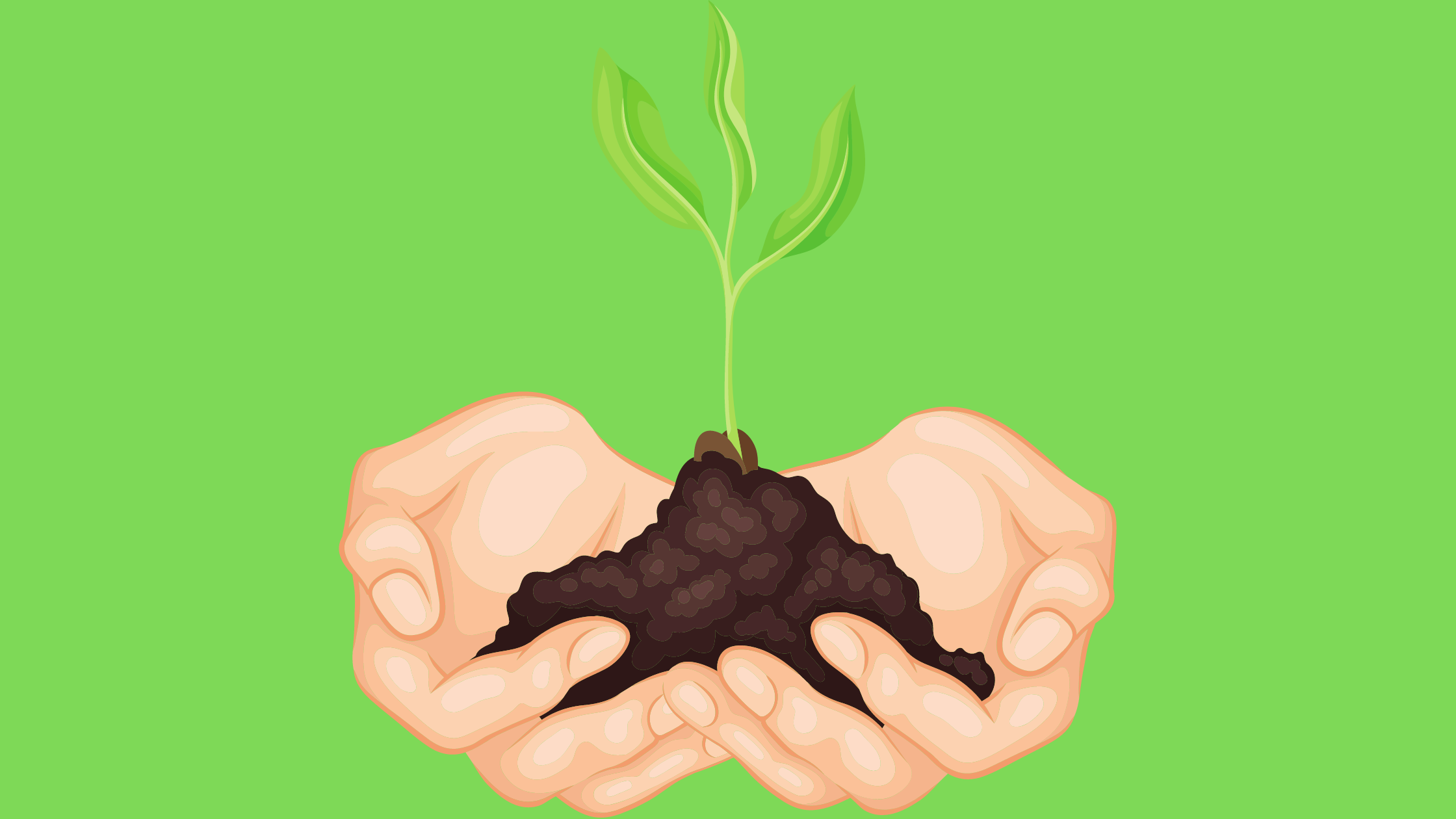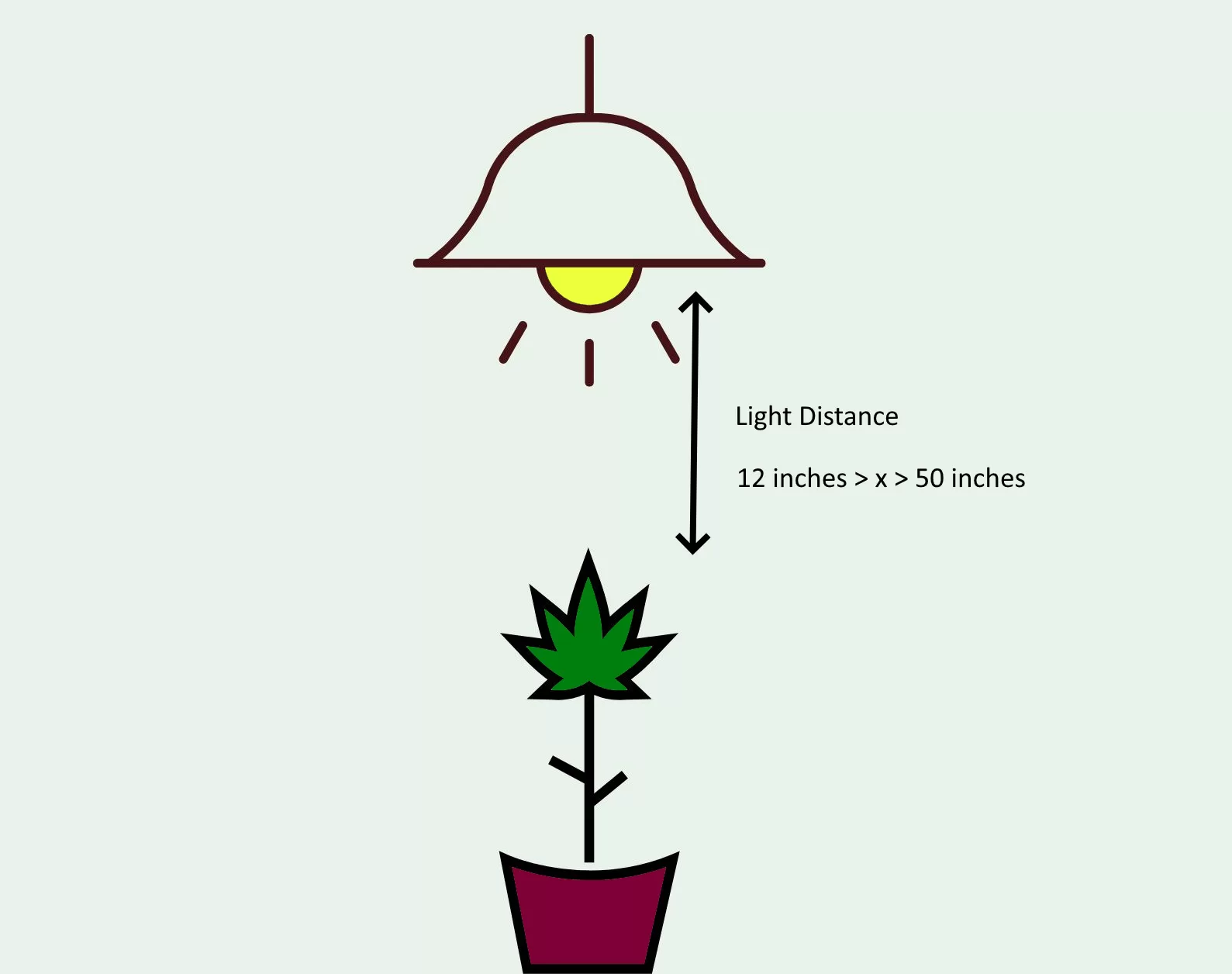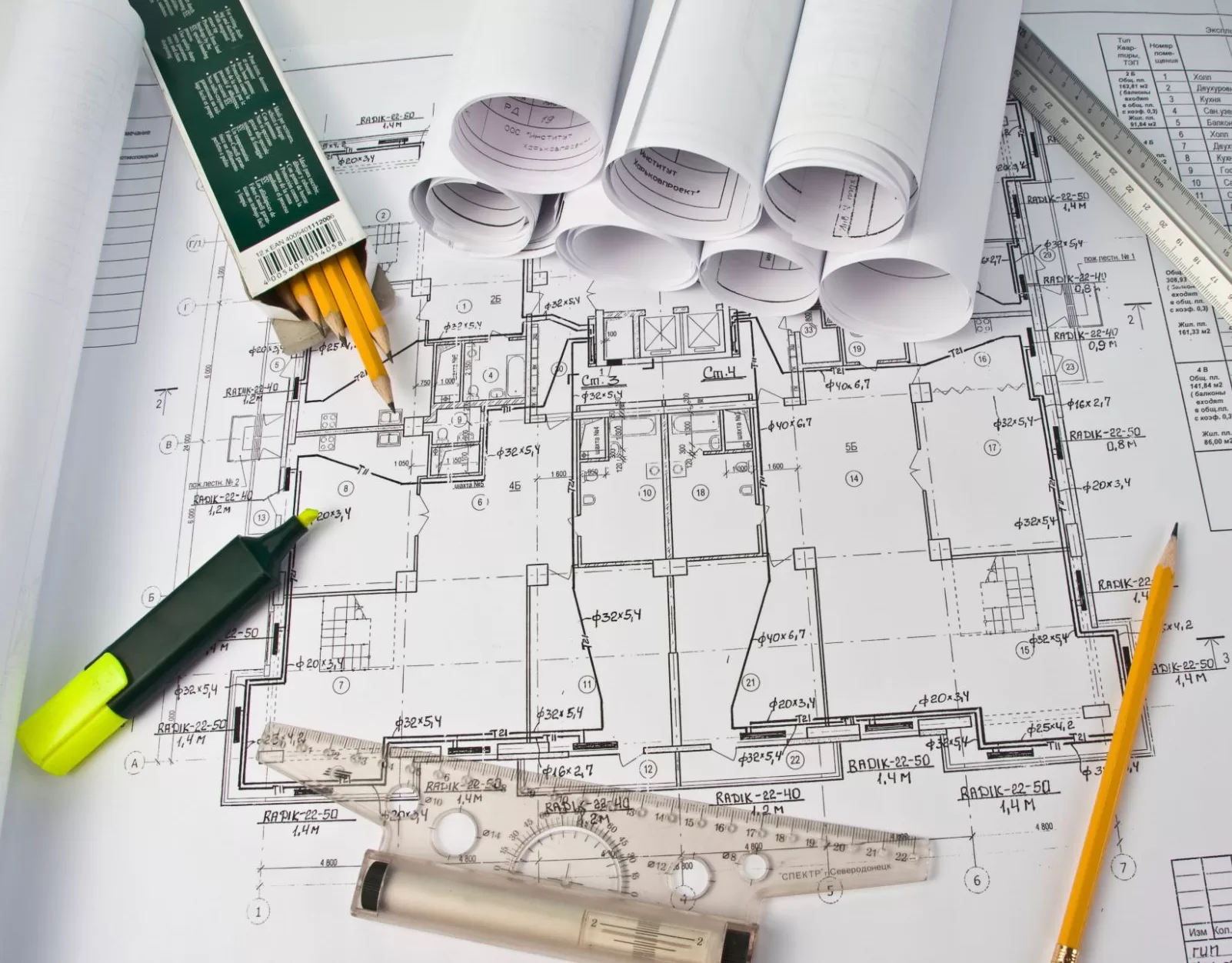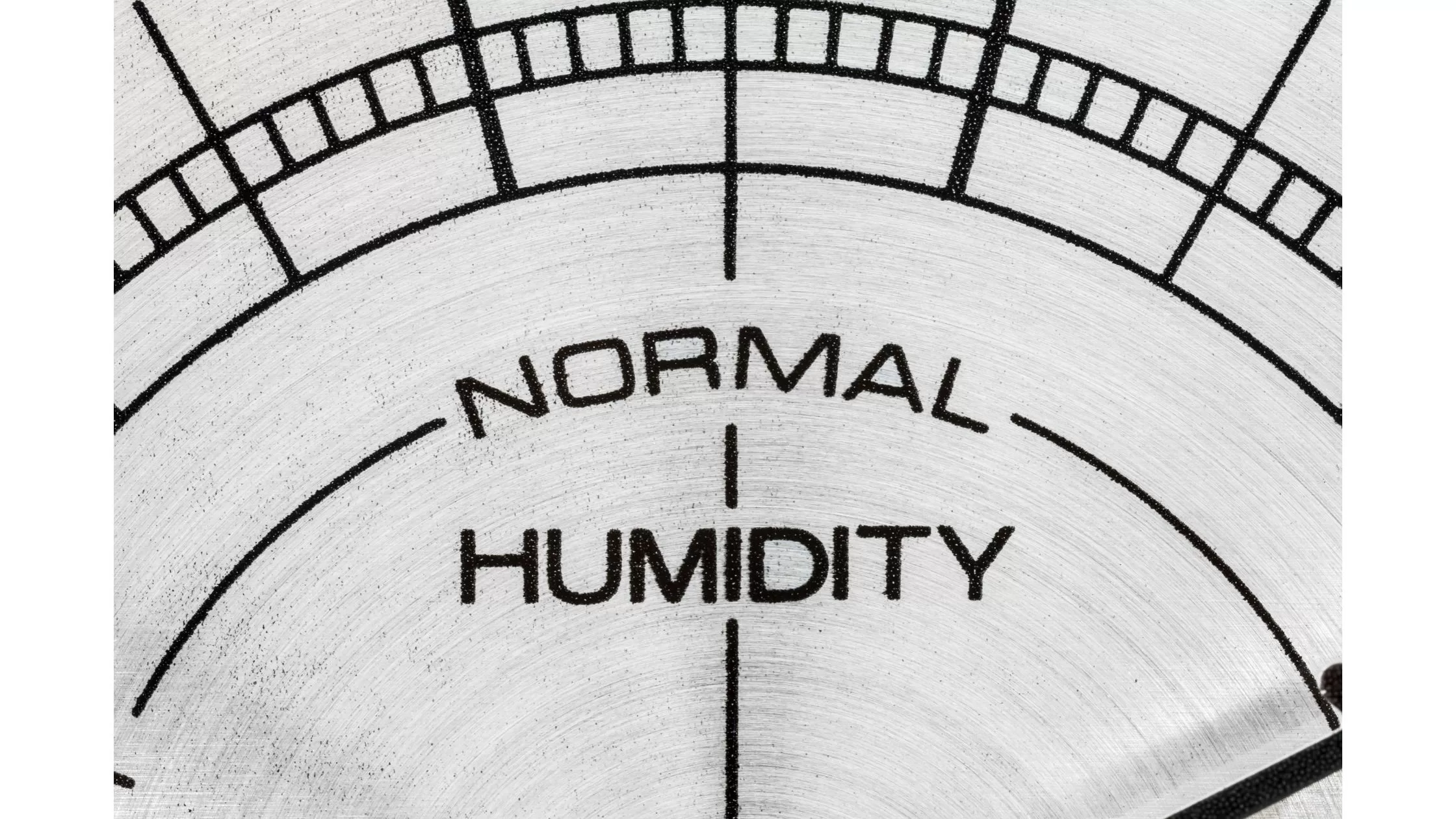Cannabis plants are often transplanted when they are young seedlings or clones. However, before you transplant your cannabis plants, it is essential to hold them and pretreat them properly. Holding and pretreating help ensure that your plants will be healthy and thrive after they are transplanted.
Holding the plant means supporting it so that it does not fall over. This is usually done by cupping your hand around the base of the plant. Pretreating the plant means giving it light watering with a diluted water and fertilizer solution. This helps to reduce stress on the plant and encourages new growth.
When you are ready to transplant your cannabis plants, it is essential to choose a new location that is well-lit and has good drainage. Prepare the new area by loosening the soil and adding some organic matter.
Why is Proper holding and Pretreating of Cannabis Essential?
When you transplant cannabis plants, you are essentially shocking them. You move them from their original growing medium and environment to a new one. If done correctly, holding and pretreating your plants before transplanting can help minimize the amount of stress they experience. This, in turn, will help to ensure that your plants are healthy and that they thrive in their new environment.
Other reasons why proper holding and pretreating of cannabis plants is essential include:
How To Hold Cannabis Plants Before Transplanting
It is best to transplant cannabis plants when cool and overcast weather. If the weather is hot, the plants may become stressed and may not survive the transplant. If you are transplanting young seedlings or clones, it is essential to hold them properly so that they do not become damaged. When holding young plants, be sure to:
Use Clean Hands or Gloves
The plant needs to be free from any diseases or pests. If you have any cuts or scrapes on your hands, cover them with gloves to avoid infecting the plant. Even the slightest scratch can introduce bacteria or fungi to the plant, leading to disease.
Using clean hands or gloves, ensure you use clean tools when transplanting your cannabis plants. This includes clean pots, soil, and water. You don’t want to introduce new diseases or pests to the plant.
Be Gentle When Handling the Plants
When handling the plant, be gentle. Avoid crushing or damaging the stem or leaves. If the plant is damaged, it may not be able to recover and could die. Typically, damaged plants will not recover from healthy plants after transplanting.
The stem is more vulnerable when the plant is young. It is essential to be gentle when handling young plants. If the stem is injured or damaged, it is best to avoid transplanting the plant.
Support the Plant
When you remove the plant from its original growing medium, be sure to support the roots. This will help to prevent them from being damaged. Once the plant is out of the pot, hold onto the base of the stem with one hand while you transfer it to its new location.
Use a Sharp Knife or Shears
When transplanting clones or seedlings, using a sharp knife or shears is essential. This will help to avoid crushing the stem of the plant. Crushing the stem can damage the plant and make it more difficult to recover after transplant.
Pretreating Cannabis Plants Before Transplanting Them
It is essential to pretreat your plants before transplanting them. Pretreating helps to ensure that the plants will be healthy and thrive after they are transplanted. When pretreating your plants, be sure to:
Acclimate Them to the New Environment
If you are transplanting your plants outdoors, it is essential to acclimate them to the new environment. This can be done by slowly exposing them to the new environment over some time. Start by placing the plants in the new environment for a few hours each day and then gradually increasing their time in the new environment. This process can take anywhere from a few days to a week.
If you transplant your plants indoors, the process is less the same. Start by placing the plants in the new environment for a few hours each day and then gradually increasing their time in the new environment. This process can take anywhere from a few days to a week.
Water Them Well
Water is an essential part of the transplant process. Be sure to water your plants well before transplanting them. This will help to ensure that the plants are hydrated and will be less likely to experience shock after they are transplanted.
You will need to be careful when watering your plants. Avoid over-watering them as this can cause the roots to rot. Do it with moderation while checking the plant’s condition.
Fertilize Them
It is also important to fertilize your plants before transplanting them. This will help ensure that the plants have the nutrients they need to survive and thrive after they are transplanted.
However, note that it is best to avoid fertilizing the plants too close to the transplant date. This can cause the plants to become stressed and make them more susceptible to diseases.
Trim the Leaves
Trimming the leaves of the plant before transplanting can also help reduce stress. When you trim the leaves, leave a few leaves on the plant. These leaves will help provide energy to the plant as it adjusts to its new environment.
In Conclusion
When transplanting your cannabis plants, holding them and pretreating them properly is essential. Holding and pretreating help ensure that your plants will be healthy and thrive after they are transplanted. Use clean hands or gloves, be gentle with the plants, and use a sharp knife or shears when transplanting.
In addition, be sure to acclimate the plants to their new environment and water and fertilize them well before transplanting. You can ensure that your plants have a successful transplant by following these tips.











